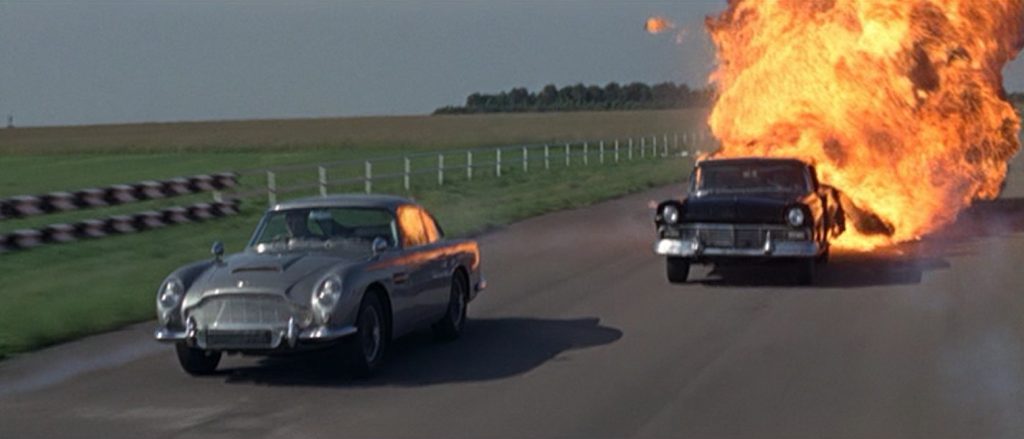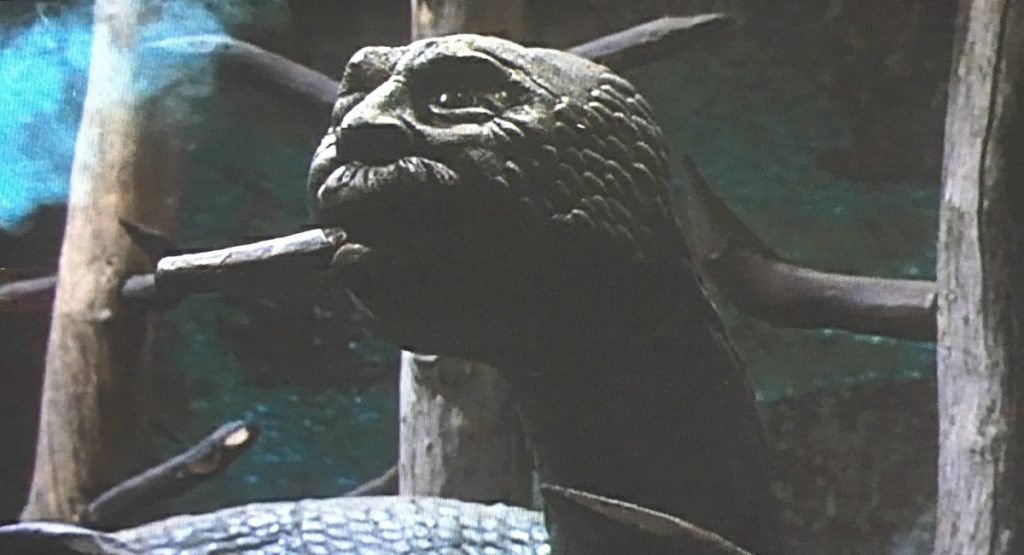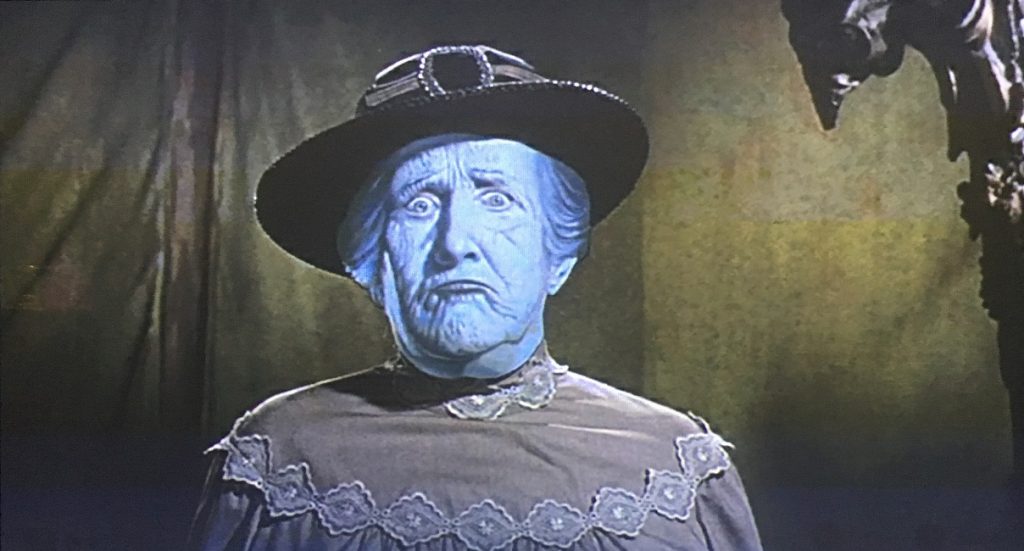



Fantastic Voyage – 1966 (WINNER)

The fact that this movie won its Oscar in the middle of the 60s is not lost on me. It was full of bright colors that really looked great on the screen. The world had really never seen anything like it. The effects for this worthy winner were bold, inventive, and innovative. In short, they were fantastic!
To save a man’s life, a submarine with five passengers is shrunk down to microscopic size and injected into the injured man’s body. They have to navigate his circulatory system until they reach to his brain, where they will use a laser gun to remove a blood clot. Once inside the body, we are treated to an almost psychedelic panorama of floating blood cells, bizarre environments, and dangerous biological defense systems. It was really fascinating!
But was it realistic? In some ways, yes, and in other ways, no. For example, the bright and colorful walls of the arteries and veins, the interior landscape of an alveoli, or the beautiful tunnel of the inner ear, were amazingly created. But I kept thinking that realistically, the only light source inside the human body should be the submarine’s floodlights. But I suppose darkness would have been pretty boring up on the screen. As it was, the first strange environment we saw looked like the inside of a pink lava lamp. After that, every landscape we are shown is perfectly lit to show the viewers all the wonderful details of the inside of the human body.
The alveoli of the lungs was a spotty purple, dotted with bits of carbon and dust that looked like rock crystals. The inner ear was a structured blue-green cavern with a patch of yellowish cilia in which Raquel Welch becomes trapped. Once she is freed, she is attacked by crystalline antibodies which nearly kill her. Each area of the body through which they pass, from the jugular vein to the heart, from capillaries to a tear duct, is a unique environment, keeping everything visually interesting. Even the brain tissue was a blue and white mass of hanging sheets that looked very cool with electrical impulses sparkling through them.
Also, the scene where Donald Pleasance was killed by a white blood cell was pretty cool. They just covered his head with a big white mass of slime, which must have been a lot of fun for the actor. Ah, the things they have to do for their craft.
The one effect I didn’t care for was not the fault of the effects artists. The shrinking process scene just took way too long. But that might be the fault of the director and the script writer. And even though the movie was highly enjoyable to watch, I had problems with a few plot holes. Incidentally, the famous science-fiction writer Isaac Asimov was hired to write the novelization of the film, and he fixed several of those pesky plot holes. But as far as the special effects for the movie went, they were pretty darn good… for the 1960s.






































